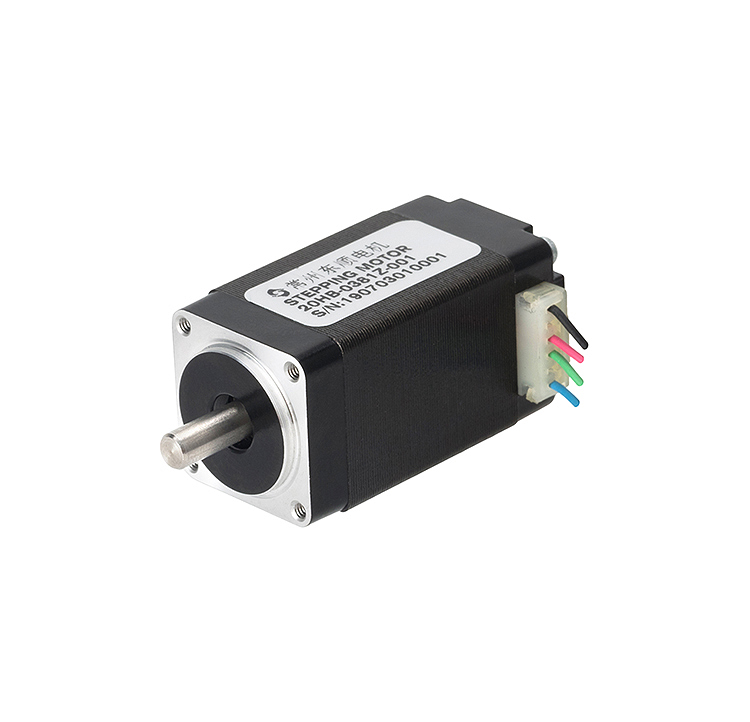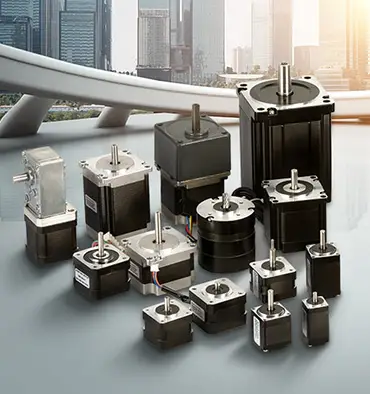How to choose stepper motor driver?
Choosing the right stepper motor driver is an important step in ensuring the accurate and reliable operation of your stepper motor. A stepper motor driver is a specialized electronic device that controls the movement of the motor, and it is responsible for supplying the current and generating the electrical signals that determine the direction and speed of the motor. In this article, we will explain how to choose the right stepper motor driver and the factors that should be considered.
The first step in choosing the right stepper motor driver is to determine the type of motor that will be used. Stepper motors are classified into two main types: full-step and half-step. The type of motor determines the number of steps that are required for the motor to rotate through one complete revolution.
Full-step stepper motors require 200 steps to complete a full revolution, while half-step motors require 400 steps. This means that a full-step motor has a step angle of 1.8 degrees per step, while a half-step motor has a step angle of 0.9 degrees per step.
To choose the right stepper motor driver, you will need to consider the step angle of the motor and the type of application it will be used for. For applications that require high precision and accuracy, such as printing or scanning, a half-step motor with a step angle of 0.9 degrees may be the best choice. In this case, you will need a driver that is capable of generating the electrical signals that are required to control a half-step motor.
In addition to the step angle, the current supplied to the motor can also affect its performance. Increasing the current can cause the motor to rotate more quickly, which can improve its speed and torque. However, too much current can cause the motor to become overheated and may result in damage. To avoid this problem, you will need to choose a driver that is capable of supplying the correct amount of current to the motor.
Another important factor to consider when choosing a stepper motor driver is the microstepping resolution. Microstepping is a technique that allows the motor to move in small increments, which can improve the resolution and accuracy of the motor. Higher microstepping resolutions result in smaller step angles and improved performance. To ensure the best possible performance, you will need to choose a driver that is capable of providing high microstepping resolutions.
In conclusion, choosing the right stepper motor driver is an important step in ensuring the accurate and reliable operation of your stepper motor. This process involves considering the step angle, current, and microstepping resolution of the motor and selecting a driver that is capable of providing the necessary control and power. By carefully choosing the right driver, you can ensure that your stepper motor performs at its best.


Leave a Reply